San Francisco Museum of Modern Art (SFMOMA)
After a three-year closure, the newly expanded San Francisco Museum of Modern Art (SFMOMA) finally reopened its doors in May. The expansion includes 170,000 square feet of indoor and outdoor gallery space showcasing the Doris and Donald Fisher Collection, one of the world’s greatest private collections of contemporary art. SFMOMA Director Neal Benezra describes the transformation as “[lifting] us to the top ranks for museums of modern and contemporary art in the world.”
The new 10-story building, designed by architectural firm Snøhetta, towers behind the original red brick Mario Botta building. The undulating white tower’s abstract exterior was inspired by the natural topography, water, and fog of San Francisco. Bringing a soft organic form to the rigid high-rise buildings in the South of Market (SOMA) neighborhood, the new extension now draws-in visitors through Minna Street and Howard Street, as well as the SFMOMA’s original entrance off 3rd Street. In a controversial move, the original Botta entrance off 3rd Street has been renovated to connect the two buildings together. The iconic granite staircase located beneath the oculus has been removed to make way for an angled wooden staircase that connects the two lobbies together. The two buildings, though connected, could not be more different. Botta’s building is bold in its symmetry and zebra-striped oculus; it evokes power, drama, and stability. In comparison, Snøhetta’s building has movement and a light ephemeral quality. The two buildings are at once contrasting and yet play off each other in their extreme differences.
The museum has opened a temporary exhibition space on the ground floor that is free to the public. One of these exhibits houses Richard Serra’s sculpture Sequence which dares visitors to get lost in its metal maze. Everything above the second story lobby requires a ticket, although an endowment to the SFMOMA allows visitors eighteen and under free admission to the museum. The seven floors of gallery space is a marathon to get through, realistically making it a multi-day experience. For those needing a break, the new museum has an artisanal coffee bar (Siteglass at SFMOMA), a cafe (Cafe 5), a restaurant (In Situ) with three Michelin star Chef Corey Lee, and a living green wall.
Living Wall on the third floor terrace was designed by Habitat Horticulture. Measuring 30 feet high and 150 feet long, Living Wall is the largest green wall in the United States. Covered entirely with native plants, the wall uses 37 different plant species and was inspired by the forest floors of local Mount Tamalpais, Muir Woods and the East Bay Regional Parks. The soft textures and vibrant greens from the plants mirror and enhance the rippling white facade of the building creating a beautiful space where architecture and nature meet. Seen from both the lobby and floors one through six, the Living Wall provides a beautiful backdrop to the galleries and a rejuvenating respite for museum goers.
If you are travelling to San Francisco anytime soon, SFMOMA is a must see attraction. Whether your visit is a few hours or a full day, the new building and expanded art collection is likely to impress even the toughest critic.
For more photos, check out this article from Curbed San Francisco.


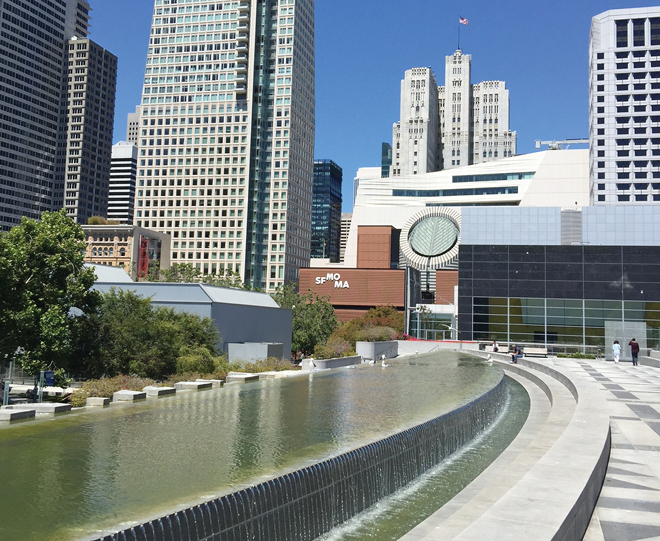
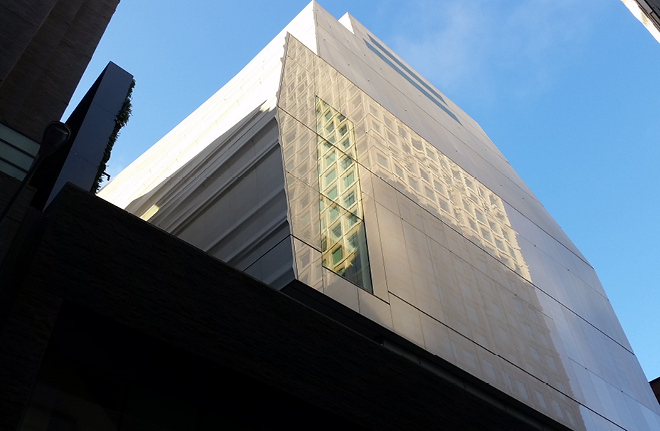
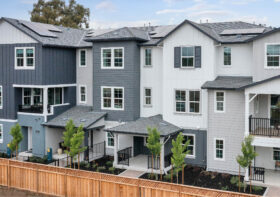
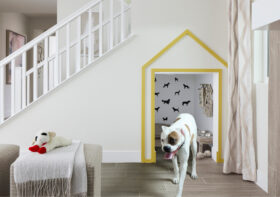
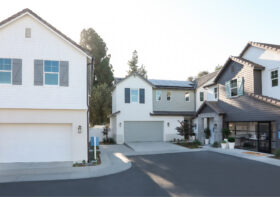
Leave a Reply